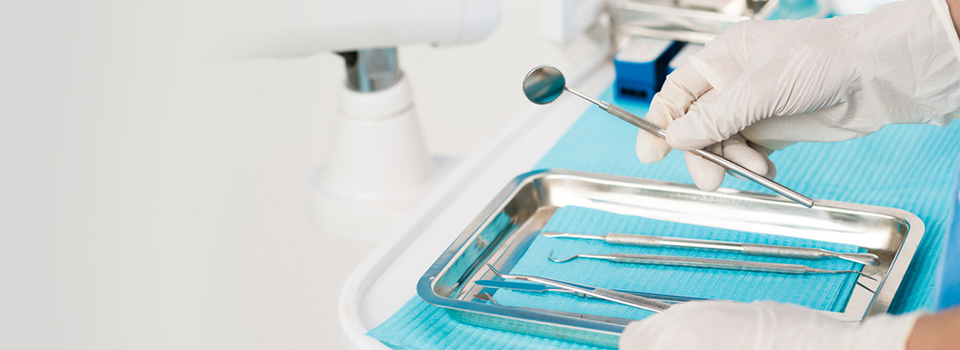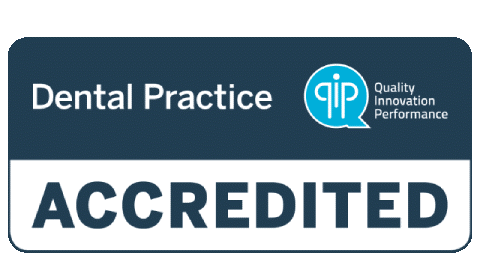Tooth extraction: is ‘pulling it out’ the best solution?
When it comes to dental health, many of us are still misinformed.
Way too many people share a misconception that if your teeth go bad, you can just pull them out.
Have a tooth extraction. Easy Peasey. Need a few of them removed? Hey, just get false teeth.
Not a problem. Not so.
“Just pulling them out” is not the attitude you should have. Everyone should hold onto their teeth for as long as possible, with tooth extraction (also known as dental extraction, exodontia, endodontics, or more casually, tooth pulling) always being the last resort. Once your tooth has gone, there’s no putting it back in your mouth.
Why do we need our natural teeth?
This may sound silly, but it’s worth discussing. It is preferable to hold onto our natural teeth for several reasons:
- The teeth on either side of the missing tooth may start to angle in towards the space of the missing tooth, causing problems with your bite as well as difficulty in maintaining oral hygiene.
- Miss more than one tooth, and not only will you have a large gap in your mouth, but biting and chewing may be compromised.
- Missing teeth can also affect speech.
- Your facial structures may be noticeably different where the tooth or teeth have been extracted.
- Your opposing teeth (upper or lower) may run into problems as there is no longer anything for them to bite against. The tooth starts to erupt forward out of the gum line in an unpleasant process known as supraeruption.
When tooth extraction is necessary
 Again, tooth extraction should be a last resort, determined by either medical or financial reasons.
Again, tooth extraction should be a last resort, determined by either medical or financial reasons.
Here are some valid reasons why it may be time to extract a tooth:
Financial reasons: for some, maintaining a tooth that already has complications may be too expensive.
Individuals living in remote locations: ease of accessing a dental clinic has to be considered. For example, if saving a tooth requires multiple dental visits, and you live remotely, such an arrangement may not be feasible.
The tooth is not salvageable: sometimes the tooth is not able to be saved. Teeth can be beyond repair due to either trauma or decay. There may not be enough tooth left to support the crown or filling, so it could be a waste of time trying to fix it.
The mouth is too crowded: sometimes teeth are badly crowded and extraction may be required before an orthodontist goes about aligning the teeth.
The tooth is cracked down to the root: when the tooth is deeply cracked, there is no way of restoring the tooth or successfully performing root canal therapy. Nothing will be able to salvage the tooth.
Infection: if a tooth is badly decayed or damaged and the damage extends right to the pulp (the centre of the tooth containing blood vessels and nerves) bacteria may enter the pulp and serious infection may develop. Antibiotics may be administered to remedy the problem; however, if the infection continues extraction may be necessary.
The tooth is not useful: for example, if wisdom teeth are causing problems, there is no necessity in saving them. Extraction may be a sensible option.

Keeping your tooth: things to consider
If you feel that your tooth is salvageable, here are a few checklists to go through before making a firm decision.
Convenience – Tooth extraction is a relatively easy procedure. Alternatively, hanging onto a tooth that needs repair may require several dental appointments.
Cost – Removing a tooth is a fairly cost-effective option. Alternatively, maintaining the tooth may involve costly procedures.
Short-term complications – Every medical and dental procedure carries risks. However, your dentist will cover all the potential risks with you and weigh up the pros and cons before you decide to go ahead with the procedure. Common short-term complications involved bleeding, infections, the state of the tooth requiring removal (e.g. does it have complicated-looking curly roots or is there just one smooth root that can be easily extracted?), The location of the tooth to be removed e.g. is it located close to the sinus or important nerve bundles?
Long-term complications – There are always exceptions to the rule; however, generally speaking, teeth can’t be extracted without any replacement organised. It is preferable for a substitute to be organised, such as dental implant, partial denture or bridge.
What to expect with tooth extraction
Nowadays, tooth extraction is not a difficult procedure. Providing the extraction is not complicated, it may be performed in the dentist chair under local anaesthetic. However, if the tooth is impacted or several teeth need to be removed, you may have to have a general anaesthetic.
After the tooth has been pulled, a blood clot forms in the socket, with the dentist packing gauze onto the socket to prevent further bleeding. Occasionally, a few stitches will be needed to cover the extraction site. Your dentist will send you home with painkillers and instructions to follow. Make sure you do not exert yourself for a day or two after the procedure and remember to adhere to the instructions.
Avoid rinsing or spitting for 24 hours after the extraction to avoid disturbing the blood clot that has formed in the socket. Your dentist may advise rinsing your mouth with a solution of salt water. Be careful about what you eat and adhere to a soft diet until your mouth has healed.
Remember though, every procedure is different, with the above being only an example of tooth extraction, so it is imperative that you follow your dentist’s instructions thoroughly.


